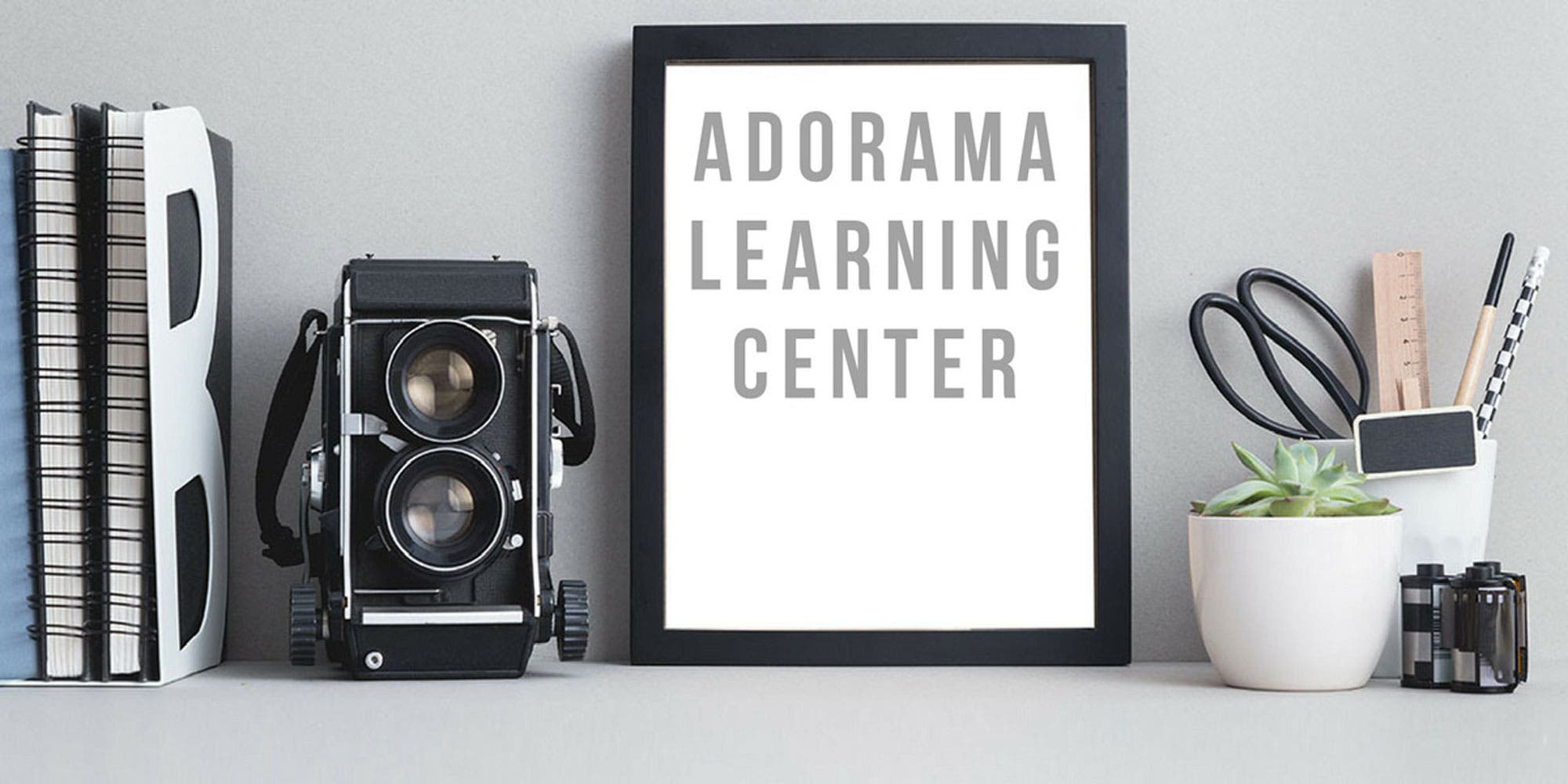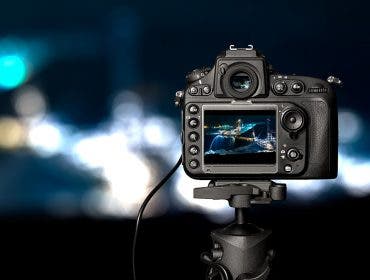If you’re a pro shooter looking at lower-cost options or a hobbyist with ambitions to go pro, these cameras straddle the fence and offer durability, fine image quality and cutting-edge new tech. Here are the most significant ones currently on the market.

Canon EOS-7D Other key features include an all-new cross-type 19-point AF system, 63-zone dual layer metering system, a viewfinder that’s loaded with information, and new dual image processors. It’s a serious camera. Image quality test results (Courtesy DxOMark; used by permission): Objective lab tests of RAW images made with the 7D, conducted by DxOMark for digital noise levels at low light and high ISO, color depth, and exposure latitude, show excellent overall image quality. The camera excels in low-light ISO performance and color depth, and delivers a very good dynamic range. Measured ISO cases was less than 1/3 stop lower than the indicated ISO (for example, ISO 400 measured as ISO 325.) Runners up:
If you want to add video to your bag of tricks, the D300s delivers 720p resolution HD videos, and gives you the option of upgrading the audio via an external mic jack. The only limit is that videos can not be longer than 5 minutes at full resolution but how many times will you do a single shot that lasts longer than that? Stepping up: If you prefer going pro, Nikon’s just-unveiled full-frame D3s offers HD video and an eye-popping top ISO of 104,200 at lower resolution and 12,800 at full resolution, with impressive image quality. But you’ll be paying over $5k for it when it becomes available later this year. Consider the more compact, 12MP D700, which offers full-frame shooting for considerably less than the D3s, as a happy medium that’s available now.
Olympus E-3 The E-3 is a well thought-out camera that is well-suited for sports and event photography as well as studio work. At 10MP its four-thirds sensor may not be the highest resolution, but it is fine for most applications. If Nikon or Canon systems are out of your reach, do consider the Olympus E-3 as a very practical alternative. Image quality test results: Objective lab tests of RAW images made with the E3, conducted by DxOMark to show digital noise levels at low light and high ISO, color depth, and exposure latitude, show the E3 produces the good overall RAW image quality with above average latitude. While there are other factors to consider–ease of use, ergonomics, JPEG processing, for instance–this information may help you in your buying decision process.
Sony Alpha DSLR-A900 The A900 has all the things you’d expect from a pro camera: 100% prism finder, magnesium-alloy shell and moisture/dust resistance, 100,000-cycle shutter, 40-segment multi-pattern metering, 9-point AF system, 5fps performance (OK, that could be improved), interchangeable focusing screens, remote camera control, and dual memory card slots for CF and memory stick duo media. Is the A900 ready to play with the likes of the Nikon D3 or the Canon EOS-1Ds Mark III? Time will tell. Image quality test results: Objective lab tests of RAW images made with the A900, conducted by DxOMark to show digital noise levels at low light and high ISO, color depth, and exposure latitude, showed an impressive performance, with outstanding color depth and exceptionally high dynamic range. In fact, only three cameras–the Nikon D3 and D700, and the Canon EOS 1DS Mark II–tested better. While there are other factors to consider–ease of use, ergonomics, JPEG processing, for instance–this information may help you in your buying decision process. Update: Sony has introduced the A850, its second full-frame DSLR, for about $500 less than the A900. The sensor and most features are identical. The viewfinder coverage is 98% instead of 100%, and burst rate is 3fps instead of 5. Worth the $700 difference? |







